Nobody is exempt from cancer–it can happen to anyone at any time, but women over a certain age are at a greater risk. After skin cancer, breast cancer is the most common type for women and after the age of 50, the risk increases. While younger women do get breast cancer, the National Health Service states, "The condition is most common in women over age 50 who have been through the menopause. About 8 out of 10 cases of breast cancer happen in women over 50."
The Centers for Disease Control and Prevention also says age is a major factor with breast cancer and, "Studies have shown that your risk for breast cancer is due to a combination of factors. The main factors that influence your risk include being a woman and getting older. Most breast cancers are found in women who are 50 years old or older."
For 2022, the American Cancer Society estimates, "About 287,850 new cases of invasive breast cancer will be diagnosed in women.About 51,400 new cases of ductal carcinoma in situ (DCIS) will be diagnosed. About 43,250 women will die from breast cancer." ACS adds, "Overall, the average risk of a woman in the United States developing breast cancer sometime in her life is about 13%. This means there is a 1 in 8 chance she will develop breast cancer. This also means there is a 7 in 8 chance she will never have the disease." Eat This, Not That! Health spoke with experts who share what to know about breast cancer and signs to watch out for. As always, please consult your physician for medical advice. Read on—and to ensure your health and the health of others, don't miss these Sure Signs You've Already Had COVID.
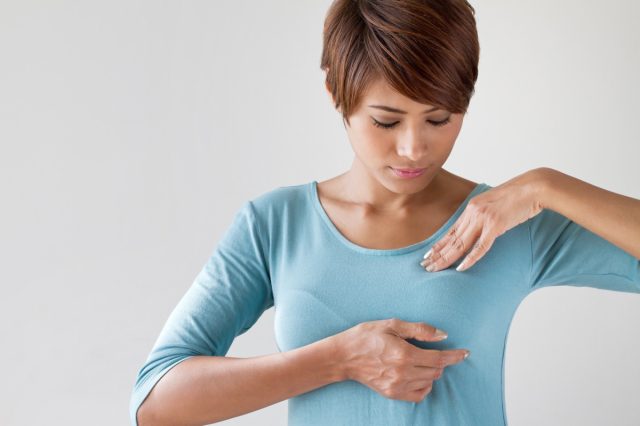
Dr. Bayo Curry-Winchell, Urgent Care Medical Director and Physician, Carbon Health and Saint Mary's Hospital tells us, "This is complicated, the high rate is due to several reasons including access to mammogram screenings, limited resources within health literacy and late diagnosis. At this time, a breast cancer diagnosis in Black/African American versus White individuals are the same. However, it is extremely important to note, Black/African Americans are dying at a disproportionate higher rate from breast cancer and are commonly diagnosed with the most aggressive type."
Dr. Melissa Torrey, MD, Director of the Breast Cancer Program Redlands Community Hospital says, "When we look at the likelihood of developing breast cancer, risk factors, such as substance use/abuse (alcohol especially, cigarette smoking), late parity (having a baby after age 30) or nulliparity (zero pregnancies), obesity (sedentary lifestyle), prolonged HRT use in postmenopausal women, lack of breast-feeding, etc all are known to lead to a higher risk for breast cancer development. Women are starting careers more now in this generation and are holding off on childbearing until after 30, and so the incidence of breast cancer is increasing."
Dr. Michele Carpenter, breast program director at the Center for Cancer Prevention and Treatment at Providence St. Joseph Hospital in Orange, California says, "No one really knows why it is so common except for the fact that it is a disease of aging and female gender. As women live longer than men, this is a disease that may increase as women live longer. That doesn't mean that there are other environmental factors at play."
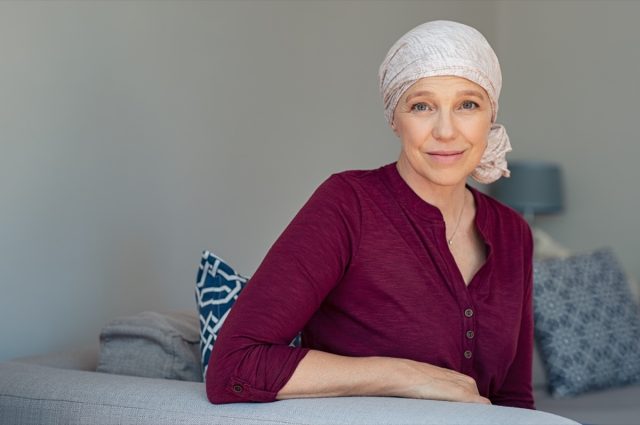
Dr. Torrey explains, "A person's risk of developing breast cancer increases as they get older. As people age, abnormal changes in their cells are more likely to occur. Breast cancer is most common in females over the age of 50 years. Experts believe that one in eight women who live to age 80 will get the disease. About 77 percent of women are over age 50 at the time they are diagnosed with breast cancer; less than 1 percent are diagnosed in their 20s.
The incidence rates for cancer overall climb steadily as age increases, from fewer than 25 cases per 100,000 people in age groups under age 20, to about 350 per 100,000 people among those aged 45–49, to more than 1,000 per 100,000 people in age groups 60 years and older."
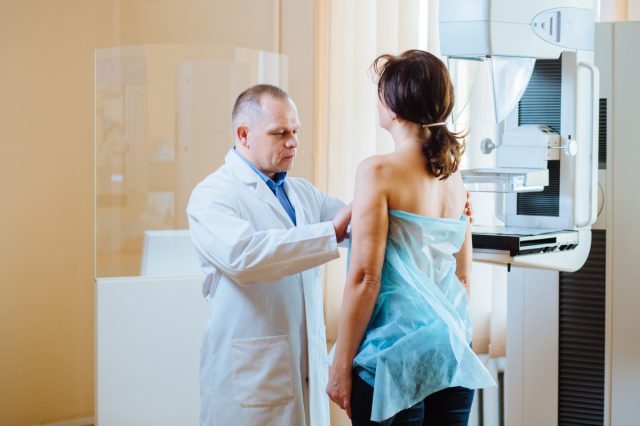
Dr. Torrey explains, "After menopause (when the ovaries stop making estrogen), most estrogen comes from fat tissue. Having more fat tissue after menopause can raise estrogen levels and increase the chances of getting breast cancer, since most POSTmenopausal breast cancers are hormone sensitive (driven by estrogen) and ER/PR positive."
Dr. Curry-Winchell emphasizes, "Menopause does not cause cancer, but the risk of developing cancer increases as a person ages. A longer exposure to the hormone estrogen increases a woman's risk of breast cancers. Therefore, people who have been through natural menopause are more likely to develop cancer around as twice as high because of hormonal factors according to a study published in the National Library of Medicine."
According to the Susan G. Komen organization, "Women who go through menopause later in life have an increased risk of breast cancer compared to women who go through menopause earlier. A pooled analysis of data from 117 studies looked at age at menopause and breast cancer risk. For every year older a woman was when she started going through menopause, breast cancer risk increased by about 3 percent."
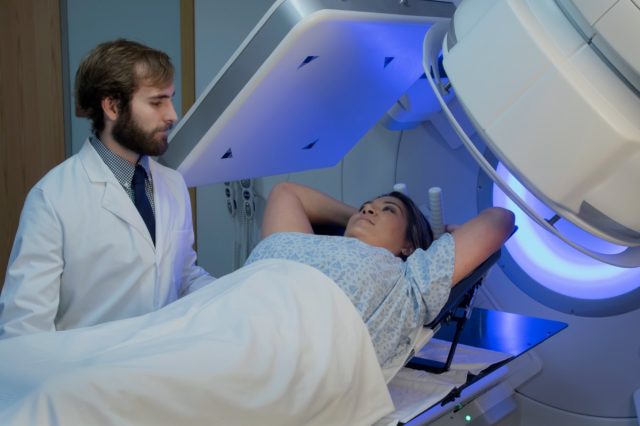
Dr. Torrey tells us, "The biology and behavior of breast cancer affects the treatment plan. Some tumors are smaller but grow quickly, while others are larger and grow slowly. Treatment options and recommendations are very personalized and depend on several factors, including:
- The tumor's subtype, including hormone receptor status (ER, PR), HER2 status, and nodal status
- The stage of the tumor
- Genomic tests, such as the multigene panels Oncotype DX™ or MammaPrint™, if appropriate
- The patient's age, general health, menopausal status, and preferences
- The presence of known mutations in inherited breast cancer genes, such as BRCA1 or BRCA2, based on results of genetic tests
Even though the breast cancer care team will specifically tailor the treatment for each patient and tumor, called "personalized medicine," there are some general steps for treating early-stage and locally advanced breast cancer.
It is much more common for a POSTmenopausal cancer to be "hormone sensitive" (ER/PR positive) where we often treat with hormone ablative therapies. Hormone-positive breast cancers are considered slow-growing tumors, which can mean a good overall prognosis, where typically less aggressive systemic therapies would be indicated."
Dr. Curry-Winchell tells us, "Many people believe they will have symptoms associated with breast cancer. It's really important to stress that breast cancer is not always associated with having symptoms. It's always best to get screened."
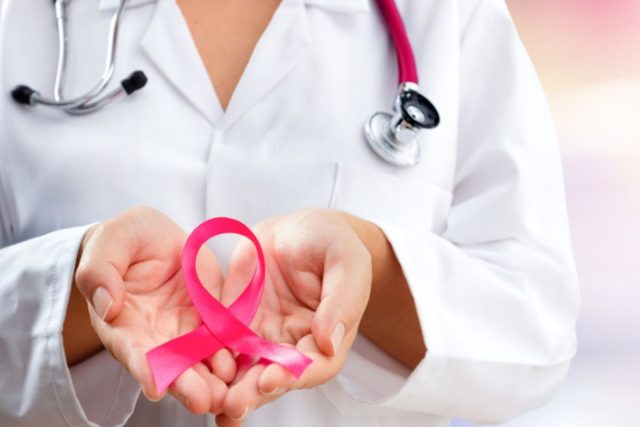
The Centers for Disease Control and Prevention state, "Different people have different symptoms of breast cancer. Some people do not have any signs or symptoms at all. Some warning signs of breast cancer are—
- New lump in the breast or underarm (armpit).
- Thickening or swelling of part of the breast.
- Irritation or dimpling of breast skin.
- Redness or flaky skin in the nipple area or the breast.
- Pulling in of the nipple or pain in the nipple area.
- Nipple discharge other than breast milk, including blood.
- Any change in the size or the shape of the breast.
- Pain in any area of the breast.
Keep in mind that these symptoms can happen with other conditions that are not cancer."
The American Cancer Society says, "Knowing how your breasts normally look and feel is an important part of your breast health. Although having regular screening tests for breast cancer is important, mammograms do not find every breast cancer. This means it's also important for you to know what your breasts normally look and feel like, so you'll be aware of any changes in your breasts. The most common symptom of breast cancer is a new lump or mass (although most breast lumps are not cancer). A painless, hard mass that has irregular edges is more likely to be cancer, but breast cancers can be also soft, round, tender, or even painful.
Other possible symptoms of breast cancer include:
–Swelling of all or part of a breast (even if no lump is felt)
–Skin dimpling (sometimes looking like an orange peel)
–Breast or nipple pain
–Nipple retraction (turning inward)
–Nipple or breast skin that is red, dry, flaking, or thickened
–Nipple discharge (other than breast milk)
–Swollen lymph nodes under the arm or near the collarbone (Sometimes this can be a sign of breast cancer spreading even before the original tumor in the breast is large enough to be felt.)"
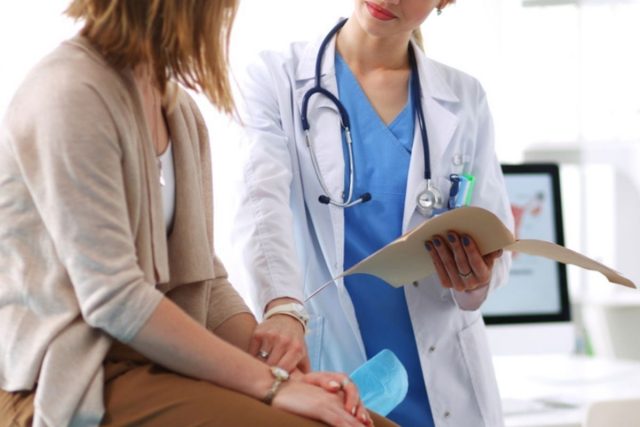
Dr. Torrey says, "The ACS reports that the 10-year average survival rate for women diagnosed with breast cancer is 84%. Additionally, the average rate for women surviving at least 15 years after being diagnosed with breast cancer is 80%."
Dr. Carpenter explains, "Older women with breast cancer tend to have better acting breast cancers which means for the most part, they have greater than 95%-98% survival at 5 years. Again, we still see some cancers that are unusual for older women and we have to weigh the risks of treatment versus normal life expectancy and associated older age illnesses that may already be present."
Dr. Curry-Winchell tells us, "The survival rates vary, when you receive a breast cancer diagnosis, your doctor will estimate the likely course and outcome of your condition. As I mentioned, this varies from person to person, and there are a number of factors that affect prognosis, including the grade, and size of the cancer."

Dr. Torrey lists the top ten breast cancer myths to be aware of.
"MYTH: If I don't have a family history of breast cancer, I won't get it. FACT: Most people diagnosed with breast cancer have NO known family history.
MYTH: If you maintain a healthy weight, exercise regularly, eat healthy, and limit alcohol, you don't have to worry about breast cancer. FACT: Although these practices certainly decrease the risk of breast cancer, they are not 100% protective, and family genetics, exposures, nulliparity or parity after age 30, etc can all influence and increase a person's risk for subsequent breast cancer, even when they are otherwise performing very healthy lifestyles.
MYTH: Antiperspirants, bras, hair dyes, dairy and cell phone use all cause breast cancer. FACT: There is no scientific evidence linking bra type, bra size or breast size to an elevated risk for breast cancer. Antiperspirants, hair dyes, diary and cell phone use are still being studied but all not confirmed to be etiologic in breast cancer development.
MYTH: Using underarm antiperspirant can cause breast cancer. FACT: There is no evidence of a connection between underarm antiperspirant and breast cancer, but the safety of antiperspirants is still being studied.
MYTH: Consuming too much sugar causes breast cancer. FACT: While it is true that cancer cells consume sugar more quickly than normal cells, there isn't any evidence that excessive sugar consumption causes cancer.
MYTH: When treatment is over, you're finished with breast cancer. FACT: Breast cancer can have a long term impact on people's lives and well being. Women with hormone sensitive breast cancers can require hormone ablative therapies for 5-10 years, reconstructive surgeries can still be required, stage 4 breast cancer cases require treatment for the rest of their lives, some side effects from chemo (i.e. neuropathy) can affect them long-term, etc.
MYTH: Breast cancer always causes a lump you can feel. FACT: Breast cancer might not cause a lump, especially when it first develops, so ANNUAL mammograms are necessary and save lives by catching breast cancers at an earlier stage. So while we encourage self breast exams, they are not a substitute for regular screening with mammograms.
MYTH: Annual mammograms guarantee that breast cancer will be found early. FACT: Although mammograms are the best early detection tool we have, it doesn't always find breast cancer at an early stage—especially in women with dense breast tissue. It is estimated that mammograms can miss about 20% of breast cancers at the time of screening. False negative results tend to be more common in women who have dense breast tissue.
MYTH: Early stage breast cancer rarely recurs. FACT: Even with early-stage breast cancer, there is always some risk the cancer will return. This is why systemic therapies are indicated many times in invasive cancers to decrease the risk for local and distant recurrences and why radiation is utilized in many cases to decrease the risk for local recurrence.
MYTH: All breast cancer is pretty much treated the same way. FACT: Treatment plans vary widely depending on the characteristics of the cancer and patient preferences."
"breast" - Google News
November 10, 2022 at 07:15PM
https://ift.tt/2Gp8arJ
Signs of Breast Cancer Every Woman Over 50 Should Know — Eat This Not That - Eat This, Not That
"breast" - Google News
https://ift.tt/T1VygoW
https://ift.tt/lotizhA
Bagikan Berita Ini














0 Response to "Signs of Breast Cancer Every Woman Over 50 Should Know — Eat This Not That - Eat This, Not That"
Post a Comment